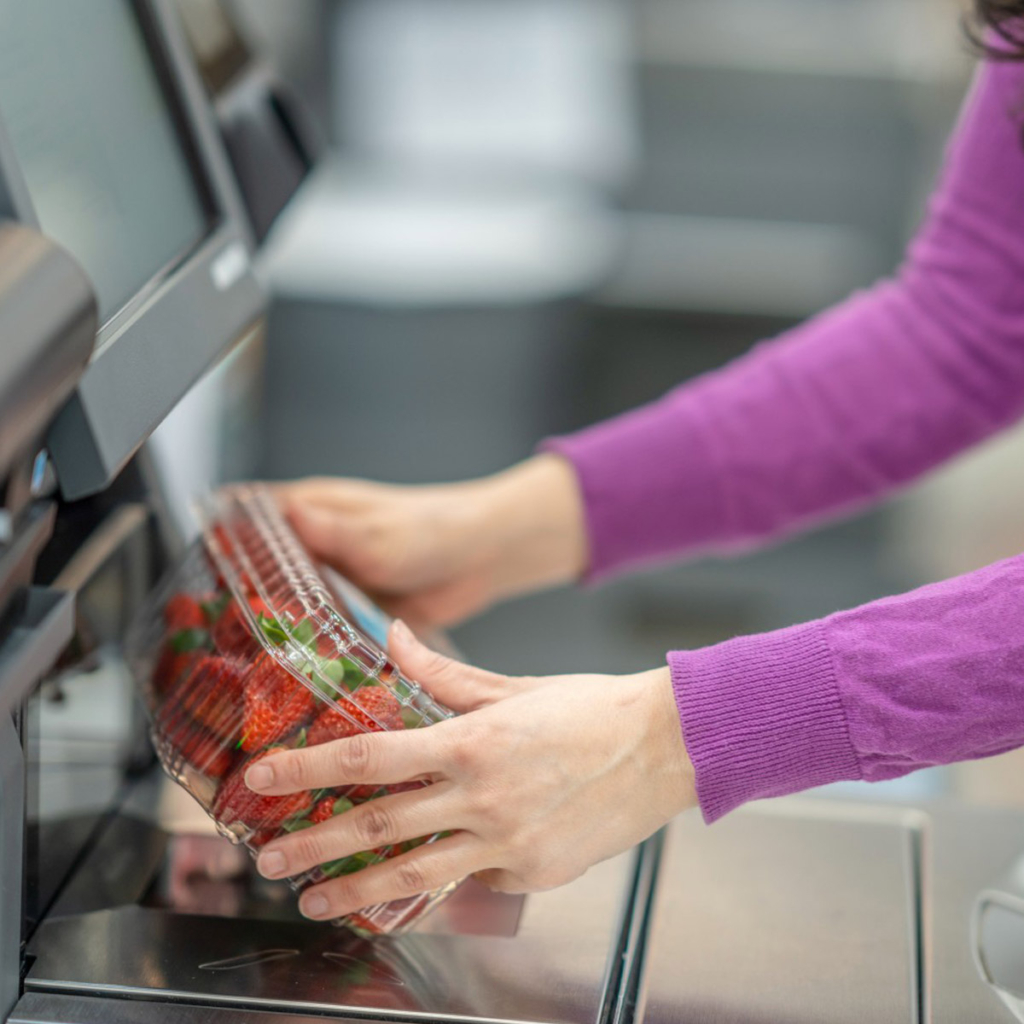
There’s a nasty rumor floating around the retail technology space that self-checkout is dead and buried. AT STCR, we couldn’t disagree more.
The article in The Atlantic from a few months ago titled – Self-Checkout is a Failed Experiment – points to a variety of gripes about using the self-service machines, but at the same time fails to acknowledge all the benefits retailers large and small are experiencing when adding self-checkout technology into the business model.
Need proof self-checkout is still on the rise? Check this out:
So now that we’ve settled that debate, let’s get to the real story of self-checkout.
Grocery stores are a crucial part of our lives, communities, and economy.
And while some things remain the same, the shopping experience has evolved significantly over the years to meet advancing technology and changing consumer demands.
We’ve learned a lot, the biggest being that convenience is king, and retailers willing to embrace new technology to make the shopping experience as seamless as possible for their customers are the ones who see success.
One of the best ways to upgrade your store is by investing in self-checkout solutions.
Watch our ongoing webinar series with Toshiba
Since its implementation, the technology has evolved to reduce friction at checkout and deliver an easy and fast experience for shoppers.
Here’s a look back in time at where it all began for self-checkout.
Self-service checkout was first introduced in 1992 as a solution to help cut costs and reduce the number of employees needed at checkout.
Upstate New York was the first area to roll out the machinery at a local supermarket in Clifton Park. Just two years later, the store noted the technology generated strong consumer participation with more than 20% of customers using the system weekly.
Since then, self-checkout has changed to keep up with digital advancements.
More recently, grocers are investing in autonomous systems that enable shoppers to bypass the register entirely. Scan & go is a tech-enabled solution that lets customers track items in real-time. Customers can enter the store, grab a cart, and use their smartphones to scan items before electronically checking out.
Subscribe to our newsletter to get all the latest insights and updates in retail tech.
AI-powered shopping carts are designed to allow customers to skip the traditional checkout lines by using weight sensors and cameras to identify items consumers added to their baskets.
The selections are then fed to the cart’s touchscreen for easier payment. Research shows shoppers who use smart cart technology increase their basket sizes by 10%.
The success of your physical store depends on your self-checkout options.
According to a self-checkout experiences report, the majority of surveyed consumers will form their shopping habits around your self-checkout options. Additional key insights include:
If your store hasn’t already invested in self-service technology, what are you waiting for?
Whether you’re seeking a more traditional self-checkout system or a more autonomous solution like smart carts, the team at STCR can find you the right technology and help you get up and running in no time.

Get in touch with us to see how we can help your grocery store thrive!